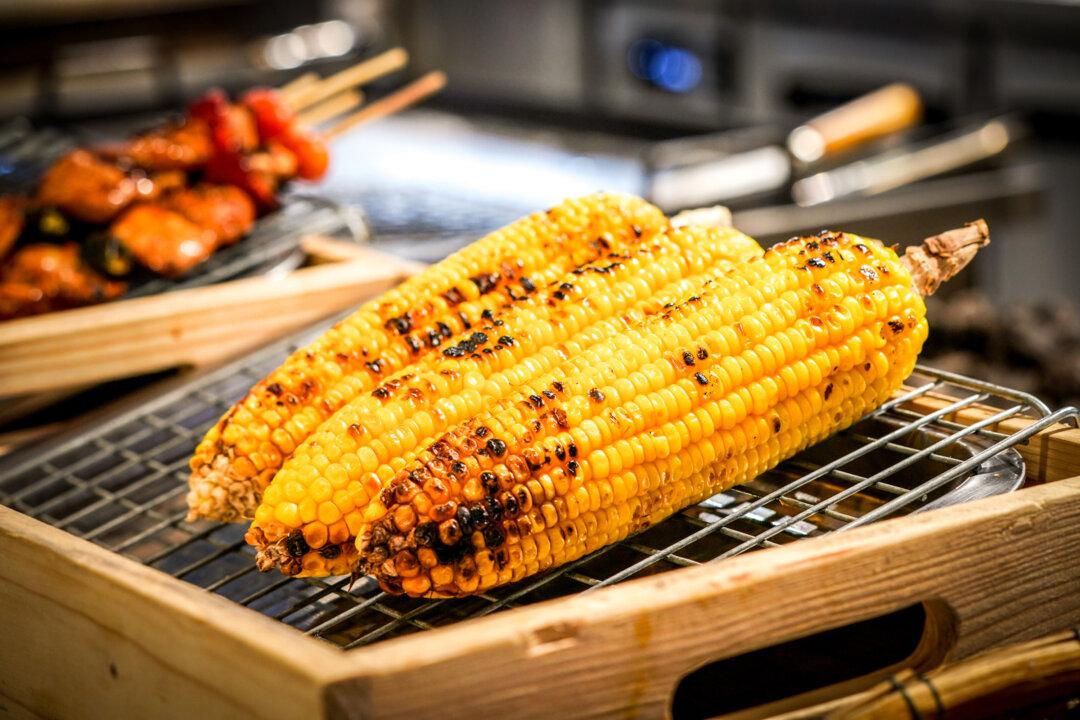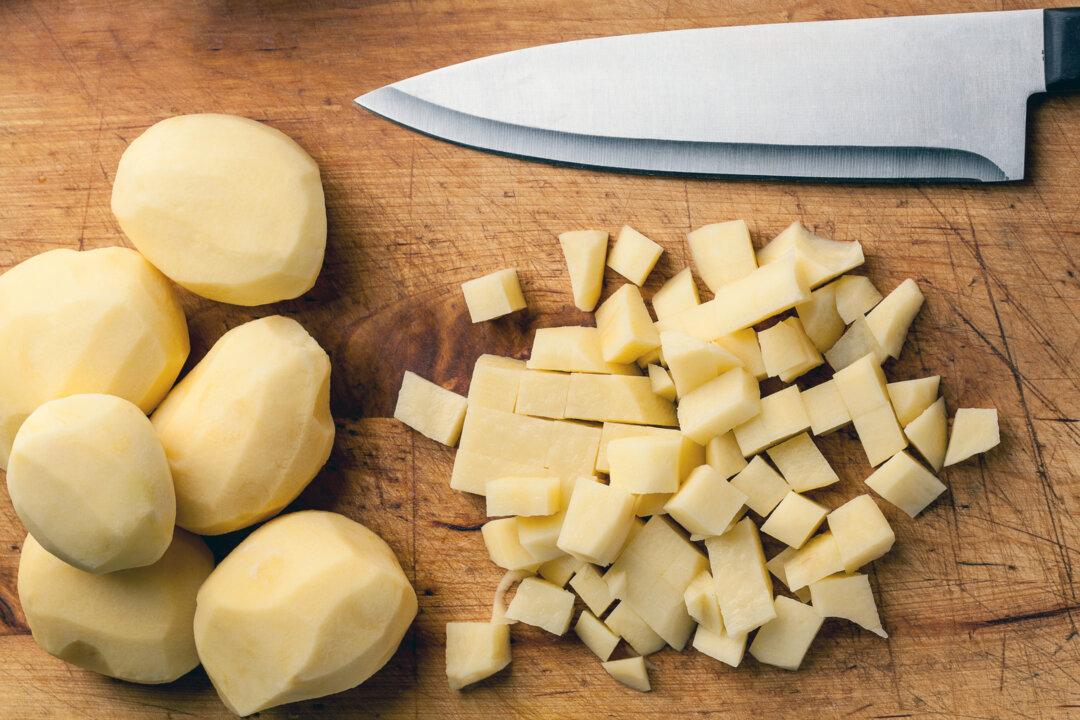Let’s admit it, whole wheat pasta is misunderstood.
It’s different from the white, semolina pasta—nuttier, denser, and toastier—and delicious when allowed to shine in its own right. Don’t use it as a one-to-one swap; rather, lean into its nutty flavor and grainy texture. It’s a perfect match for savory, earthy, and/or oniony sauces with richness and depth.





